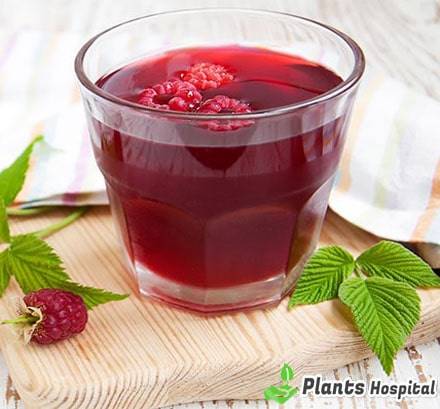From relief and relaxation to reducing inflammation and supporting your health, essential oils offer an all-natural way to incorporate beneficial elements into everyday life. An age-old practice of aromatherapy, using essential oils can provide numerous practical solutions for many common ailments and bring a sense of inner peace. Whether you’re new to working with essential oils or looking for additional ways to implement these natural wonder workers into your well-being routine, this blog post will explore the techniques needed to use essential oil therapies properly.
Table of Contents
1. Dry Evaporation
This technique is excellent for small spaces and environments that cannot directly accommodate a diffuser. Using this method of essential oil application, place one to two drops on a cotton ball or tissue and put it in the corner of the room. The essential oils slowly evaporate into the air, creating an aromatic atmosphere.
It is important to note that this method should only be used in areas with a little ventilation, as the evaporating oils can be lost quickly. It is also best avoided if you have pets or small children who may inadvertently touch the cotton ball or tissue. The dry evaporation method is excellent for a quick pick-me-up or to fill a room with pleasant aromas and set the stage for relaxation.
2. Direct Inhalation
The most well-known method of essential oil application, direct inhalation, is simply inhaling essential oils directly from a handkerchief or cotton ball. To begin, place one to three drops on your chosen material and hold it close to your nose before inhaling deeply.
Direct inhalation is best used as an immediate remedy for headaches and other localized ailments. It is also an option if you want to use essential oils but need access to a diffuser or aromatherapy burner. The only precaution when using direct inhalation is to avoid getting the oils too close to your eyes, as they may irritate.
3. Baths and Foot Soaks
Infusing a bath or foot soak with essential oils is an excellent way to enjoy their therapeutic benefits while relaxing your mind and body. Add 10 to 15 drops of your preferred essential oil to a full bath or foot soak. It is important to note that if you choose to add essential oils to a foot soak, it is best to use diluted carrier oils such as jojoba, almond, or coconut for added skin protection and soothing properties.
4. Aromatherapy Burners
Aromatherapy burners are an excellent option for larger living rooms, offices, and bedrooms. To begin, choose an aromatherapy burner equipped to hold a candle underneath and add your preferred essential oils to the top of the burner. Lighting the candle will create heat that will help evaporate the essential oils into the surrounding area, filling the room with aromatherapy benefits. It is vital to keep an eye on the candle so that it does not go out and leave behind a lingering smell of smoke.
5. Diffusers
Diffusers are a great option for creating an aromatherapy environment in any room of your home. To begin, fill the diffuser with water (usually up to the fill line) and add five to 10 drops of essential oil, depending on the size of your diffuser. Turning it on will start the diffusion process, dispersing the essential oils into the air and creating a pleasant and calming aroma. It is best to avoid overloading your diffuser, as too many drops of essential oil can create an overwhelming scent that may become unpleasant.
These are just a few techniques to incorporate essential oils into your life. With proper use and experimentation, you can find the right balance of aromatherapy and relaxation that works best for you. Don’t be afraid to start experimenting and allow yourself to enjoy the therapeutic benefits of essential oils while creating a relaxing and soothing atmosphere in your home.








